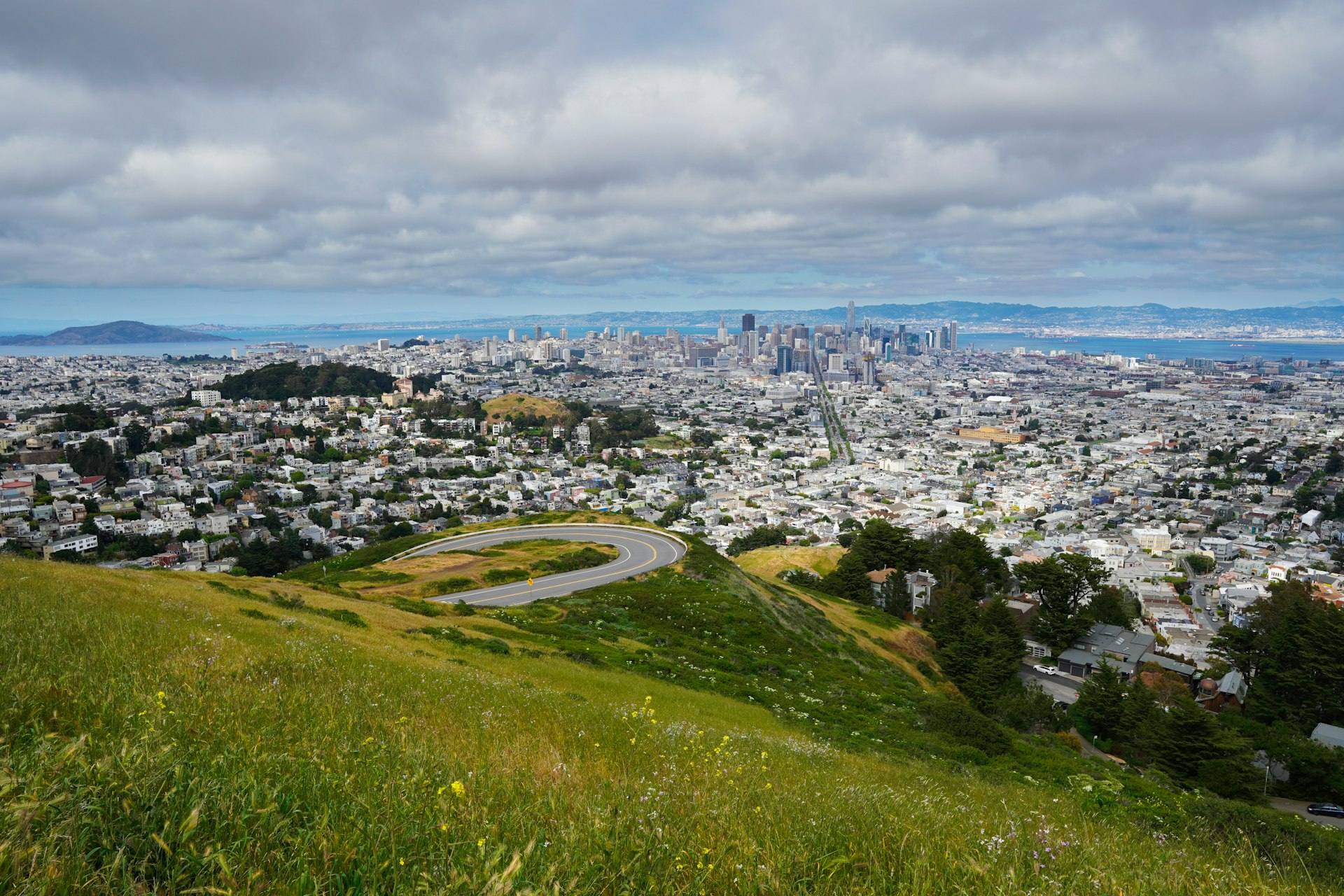Solo Backpacking Adventure: Discovering Lesser-Known Regions Safely and Authentically

Photo by Alex Moliski on Unsplash
Introduction: Embracing the Spirit of Solo Backpacking in Lesser-Known Regions
Solo backpacking offers a unique sense of freedom, self-discovery, and adventure. For those looking to escape the crowds, venturing into lesser-known regions delivers authentic experiences and deeper connections with nature and local cultures. While popular trails and destinations are well-trodden, exploring off-the-beaten-path areas requires careful preparation, adaptability, and a willingness to embrace the unexpected. This guide provides actionable advice, real-world examples, and step-by-step instructions for solo travelers seeking meaningful journeys in remote destinations.
Why Choose Lesser-Known Regions for Solo Backpacking?
Backpacking in lesser-known areas provides benefits beyond solitude. You gain access to unspoiled landscapes, unique cultural interactions, and often a more budget-friendly experience. For example, Nepal’s remote Himalayan trails offer breathtaking scenery and affordable teahouse stays, while Peru’s Santa Cruz Trek provides a quieter alternative to the crowded Inca Trail, allowing for immersive local encounters and fewer distractions [3] [1] . Choosing these routes can also support less-visited communities, contributing positively to local economies.
Top Lesser-Known Regions for Solo Backpackers
Several regions around the world are ideal for independent travelers seeking solitude and authenticity. The following destinations exemplify the diversity and rewards of venturing off the standard tourist trail:
Nepal’s Himalayan Trails
The Himalayas in Nepal are renowned for their remote beauty and extensive trekking options. While the Annapurna and Everest Base Camp routes are well-known, many less-traveled paths offer comparable beauty and tranquility. Starting your journey in Kathmandu, solo backpackers can reach trailheads like Pokhara (for Annapurna) or Lukla (for Everest). As of 2023, certain regions require hiring a local guide-an opportunity to learn from experienced locals and enhance personal safety [3] . Along the way, teahouses provide affordable lodging and social hubs for meeting other travelers, allowing you to balance solitude with community as desired.

Photo by Erik Mclean on Unsplash
Peru’s Santa Cruz Trek
Often overshadowed by the Inca Trail and Machu Picchu, the Santa Cruz Trek in the Cordillera Blanca offers solo hikers a well-marked, multi-day adventure through Andean peaks and turquoise lakes. The route is accessible from Huaraz, a town that serves as a base for acclimatization. Solo travelers can expect to encounter fellow hikers, particularly in high season, while still enjoying stretches of solitude and opportunities to interact with local communities [1] [5] . Basic Spanish skills are recommended for deeper engagement and smoother logistics.
Kyrgyzstan’s Ala-Köl Trek
Kyrgyzstan’s Ala-Köl trek stands out for its sense of isolation and the chance to meet nomadic herders along the route. While much of Kyrgyzstan’s trekking is remote and often requires a guide, the Ala-Köl trail is sufficiently marked for experienced hikers. Starting from Karakol, travelers can arrange transport and supplies independently or through local agencies. This region offers both physical challenge and profound cultural immersion [1] .
Channel Islands National Park, California
For solo backpackers in North America, Channel Islands National Park provides a rare combination of remoteness, safety, and natural beauty. Reached by ferry from Ventura, California, these islands are free from large predators, making them especially appealing for solo travelers [2] . Hiking to Smugglers Cove on Santa Cruz Island, for instance, offers hours of solitude and a pristine beach experience. While campgrounds may be basic, the absence of crowds and the unique island ecology create memorable adventures.
Scotland’s Isle of Skye and West Highland Way
In the UK, the Isle of Skye and the West Highland Way in Scotland offer scenic, well-marked routes suitable for solo backpackers of all experience levels. The supportive local culture, combined with accessible public transportation and accommodations, makes these regions especially welcoming. Travelers are advised to prepare for variable weather and bring appropriate rain gear. The Cotswolds in England also provide gentle, village-to-village walks for those new to solo adventure [4] .
How to Prepare for Solo Backpacking in Remote Destinations
Preparation is vital for ensuring both safety and enjoyment. Here are actionable steps to maximize your experience:
- Research Your Destination: Start with reliable travel blogs, government travel advisories, and recent trip reports. Note any permit requirements, guide mandates, or seasonal restrictions. For example, some regions in Nepal now require solo trekkers to hire a local guide for safety and conservation reasons [3] .
- Pack Smart: Invest in lightweight, weather-appropriate gear. Essential items include a high-quality backpack, sturdy hiking shoes, a water purification system, navigation tools (map, GPS), and a basic first-aid kit. Packing lists from established outdoor organizations can help tailor your kit to specific environments.
- Plan for Communication: In remote regions, cell service may be unreliable. Consider renting a satellite phone or GPS emergency beacon, especially for solo travel. Share your itinerary with a trusted contact and arrange regular check-ins.
- Understand Local Customs: Learning basic phrases in the local language and familiarizing yourself with cultural norms enhances both safety and your overall experience. This is especially important in regions like Peru and Kyrgyzstan, where English may not be widely spoken [5] .
- Budget Wisely: Remote travel can be surprisingly affordable, but costs may vary depending on transport, accommodation, and permits. In places like Nepal, teahouses offer meals and lodging at modest prices, while in more isolated areas, you may need to budget for guides or special equipment.
Staying Safe While Backpacking Alone
Safety is a top concern for solo adventurers, especially in lesser-known regions. Practical steps include:
- Register with Local Authorities: In many countries, registering your trekking plans with local agencies or park offices is recommended or required. This ensures that rescuers know your route in case of emergency.
- Follow Trail Markings and Local Advice: Stick to established trails unless you are highly experienced and have local support. Utilize official trail maps and heed advice from rangers, guides, or fellow travelers.
- Stay Aware of Environmental Hazards: Weather can change rapidly in mountainous or remote regions. Carry appropriate gear and check forecasts regularly. In some areas, wildlife encounters may be a concern, so research local fauna and food storage practices.
- Trust Your Instincts: If a situation feels unsafe-whether due to weather, terrain, or interactions-prioritize your well-being and adjust your plans accordingly.
How to Connect with Local Communities and Other Travelers
One of the joys of solo backpacking is the opportunity to meet people along the way. In regions like Peru and Nepal, teahouses and hostels are natural gathering points for travelers. Joining organized day tours, hiring local guides, or participating in community events can enrich your journey and provide added safety and companionship [1] . In places where English is not widely spoken, even a few words of the local language can open doors to genuine cultural exchanges.
Step-by-Step Guidance for Getting Started
- Choose a destination based on your experience, interests, and time frame. For inspiration, consult recent articles, travel forums, and guidebooks focused on solo travel in remote regions.
- Research entry requirements, permits, and guide regulations. For official information on visas or trekking permits, consult the destination country’s government tourism website or embassy resources.
- Book transportation to your trailhead or starting point. In many countries, bus or domestic flight options are available from major cities to remote areas.
- Prepare a detailed packing list tailored to your route and climate. Outdoor organizations and experienced travel bloggers often provide region-specific gear recommendations.
- If required, arrange for a local guide or agency. Inquire locally or through reputable international organizations for verified guiding services.
- Inform family or friends of your plans, including expected timelines and check-in procedures.
- Set out with flexibility and an open mind, ready to adapt as you learn from the journey.
Alternatives and Additional Tips for Solo Backpackers
If you are new to solo backpacking, consider starting with shorter or more accessible trails where safety infrastructure and social opportunities are strong. National parks in your home country can offer the right balance between solitude and support. Joining a group trek or hiring a guide for the first few days can help build confidence for more independent adventures in the future.
For specific route recommendations, up-to-date safety guidelines, and practical tips, search for “solo backpacking [destination] official site” or consult major outdoor organizations for verified advice. Government tourism boards and internationally recognized travel agencies are also valuable sources for reliable information.
References
- [1] Backpacker (2024). 6 Best Trails for Your First Solo Backpacking Trip.
- [2] Quirky Travel Guy (2024). National Parks for Solo Travel: The 15 Best Parks to Visit.
- [3] BucketListly Blog (2024). Escape the Crowds: 8 Underrated Countries to Visit.
- [4] Solo Traveler World (2025). Hiking Destinations for Solo Travelers: Safe, Easy & Stunning.
- [5] Be My Travel Muse (2024). 25 Best Countries to Travel Alone for the First Time.



